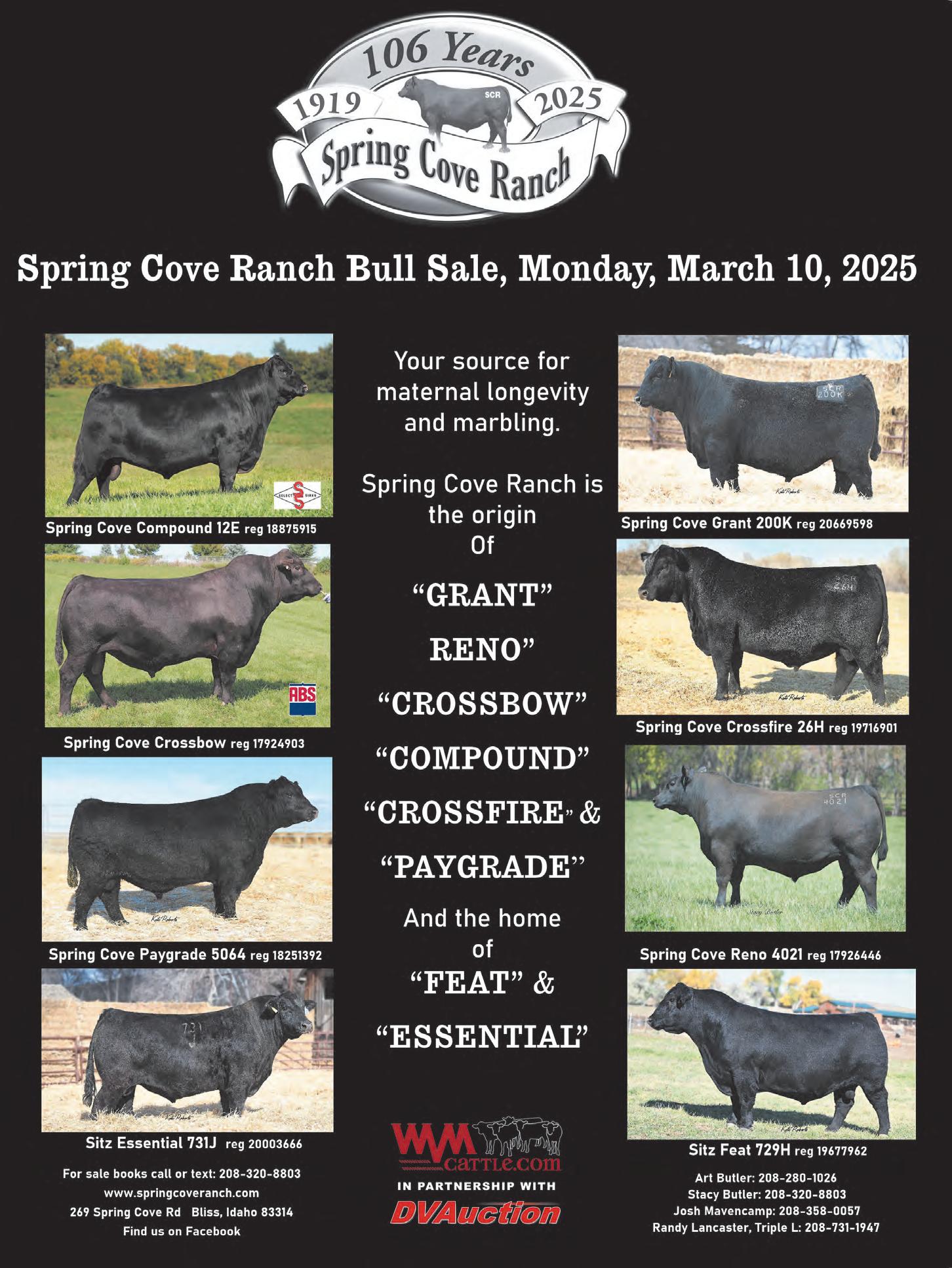










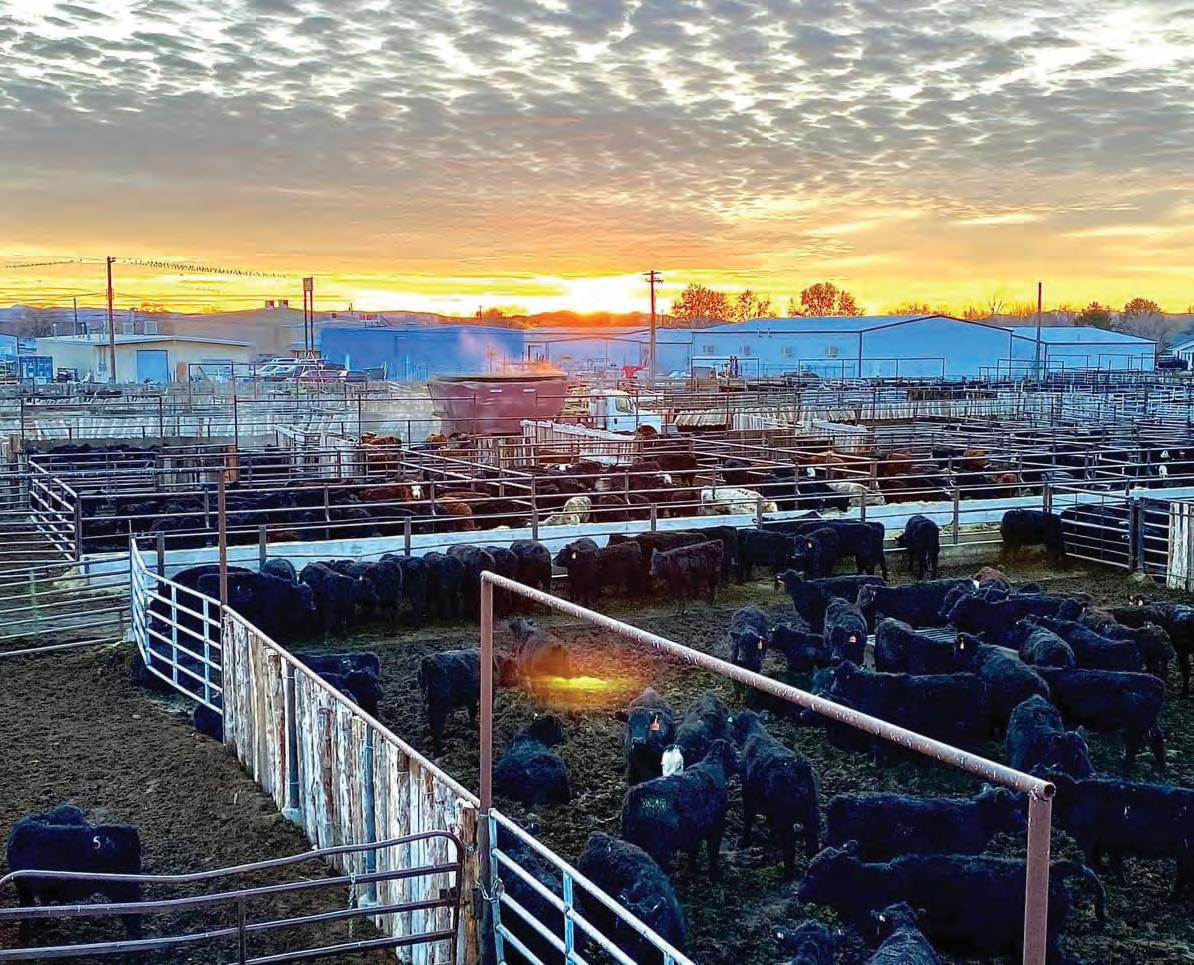
180 consignors (previous record was 177) brought in 7909 head. Crew did an amazing job pulling off a sale this big. Thanks to all the truck drivers helping us shuffle cattle in and out. A long week, but overall it went pretty smooth.
Next Feeder Sale February 7th, we scheduled a sale only 2 weeks away to try and spread the cattle out so this sale wouldn’t get too big. Looks like as a result, we are just going to have two big sales! I am guessing, 5000+ head on February 7th, maybe more.
Stay tuned! Thanks everyone for your support! If you have calves you want to consign please let us know soon. Also if you want your cattle advertised on our Facebook page and website please send information/videos to 661 305 2699.
With all the fires lately I think We have a rare opportunity to repaint the public’s opinion on grazing in general and especially public land grazing. I would like to start a branded beef program where consumers have the opportunity to buy grass fed/corn finished or straight grass fed beef that has been used to reduce fuels on public land. This takes money, serious money but I really think it could change public perception of cattle and grazing. Do the same with sheep. Offer American lamb and American beef. The research needs to be done on the CO2 emissions from these fires and presented as part of this project. I think the whole global warming thing is a manmade hoax for financial gain and control but look at the trillions of dollars floating out there in the name of climate change. It would be easier to put a uterine prolapse back in a cow with one hand than it would be to stuff the carbon credits, global warming and climate change agenda back in a bag. I hate it and feel it’s such a scam but people want to believe in it so give them the opportunity to buy beef that is “helping” the environment and that damn sure isn’t a marketing ploy or a mistruth, if climate change is real cows are damn sure carbon negative. Studies about both CO2 emissions from decadent dead grass and from catastrophic wildfires has proved cows are helping stop global warming. I have 1500 acres of farm ground that’s just now getting put into production. We have never sprayed for anything or used any type of fertilizer other than cow manure. We are bedding our pens at the Nevada Livestock Marketing salebarn with woodchips from local tree trimmers. Those chips get mixed with cow manure and then we haul that to our farm ground. I have intentionally kept all that ground natural with the hopes of starting this “feel good” branded beef program. Been thinking about it for years and never dreamt the Make America Healthy Again deal would bring to light what’s going on with USDA, Big Ag, seed oils, pesticides/ herbicides etc. It looks to me like the apple is ripe and waiting for someone to pick it, like I said it just takes money and of course time. I’m only sharing these thoughts and ideas with you because I think this would be a beneficial model for the BLM to implement or at least use as an example to possibly start changing public perception on federal land grazing. My BLM office uses threats of lawsuits from environmentalists as a tool to stop all productive grazing plans for fuels reduction, cheat grass control and more. Instead of the BLM working with environmentalists to cooperatively file suit against the ranchers, let’s turn the tables. BLM and the ranchers should be sueing the extremist environmental groups for blocking prescribed grazing and targeted grazing. Especially if the area burns and damages both the wildlife habitat and the cattle grazing resources. Fires cause erosion, eliminate native species from the landscape and cause cheatgrass to take over. The BLM and the environmentalists
February 7th, February 21st, March 21st

need to be responsible for their actions. They are receiving millions through donations to “save the west”. Our branded “fire prevention beef” program could potentially change the view on this whole concept. We could create a legal fund where consumers could chip in 5 bucks to help our organization fight back against the extremist environmentalists and their anti-cow agenda. We would need someone really pro-grazing at the head of BLM to make this happen. Under the current BLM mentality cows are bad and BLM is partnered with the environmentalists to get the cows off public lands forever.
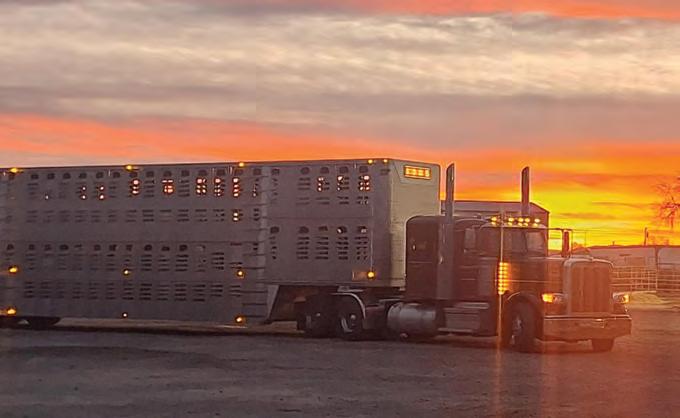








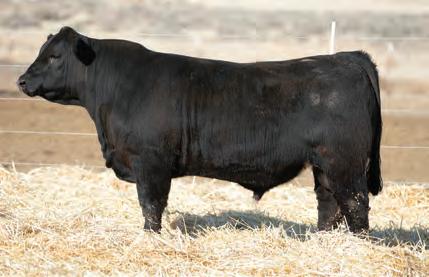



Read back issues digitally: issuu.com/winnemucca publishing7
The Nevada Rancher (ISSN 0047-9489) (USPS #003-257)
Published monthly at Winnemucca Publishing, 1022 S. Grass Valley Road, Winnemucca, NV 89445
Call us toll free at (866) 644-5011
Periodical Postage Paid at Winnemucca, 89445
President: Peter Bernhard
Publisher & Editor:
Ashley Buckingham
Staff Writer: Jennifer Whiteley
Contributors
Martin Paris, Norma Elliott
Sales Representative:
Ashley Buckingham
Office Manager: Tracy Wadley
Graphic Design: Lauren Solinger, Kyler Klix
Production Coordinators: Adam Trumble, Annemarie Dickert
The Nevada Rancher does not assume responsibility for statements by advertisers nor products advertised within, and The Nevada Rancher does not assume responsibility for opinions expressed in articles submitted for publication. The publisher reserves the right to accept or reject advertising or editorial material submitted for publication. Contents in The Nevada Rancher may not be reproduced, in whole or in part, including, but not limited to original contents and original composition of all ads (layout and artwork) without prior written permission. Subscription rate: $16.00 per year. All content copyrighted, February 2025.
POSTMASTER: Send address changes to: The Nevada Rancher, Winnemucca Publishing, 1022 S. Grass Valley Road, Winnemucca, NV 89445

Just a note!
Bull sale season is here! Please find top quality genetics featured from some of our advertising clients. In January the UNR Extension held their annual Cattlemen’s Update. We were able to attend and help the Humboldt County Cattlewomen serve lunch with pies for dessert. The leftover pies were auctioned off to attendees. Funds raised went directly into the scholarship fund the Cattlewomen award annually. The
top pie sold for $100 to Foster Ranches. The month of February is busy for many. Then comes March and calving season for some and the kick-off of horse sale season and ranch rodeos.
No matter what season you may be in, I hope your hard work pays off in the end, your family is of good health and the moisture our state needs arrives.
Thank you for reading!
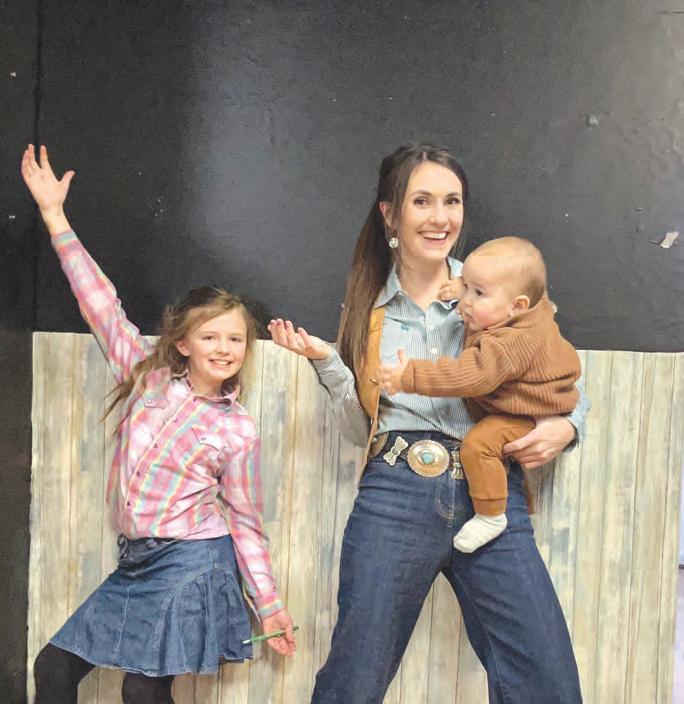
this issue: Ranching Scrapbook - pg. 14
Nevada Welcomes Peter Rolfe, DVM, as New State Veterinarian - pg. 18
The Cowboy Pastor’s Wife - pg. 24
Let’s Eat: Chocolate Chip Pudding Cookies - pg. 26






Camma Dawn Marvel, born on October 11, 1965, in Reno, Nevada, passed away on November 18, 2024, after a long and courageous battle with cancer. Camma’s life was a testament to resilience, love, and the joy of music, which she embraced as a beautiful singer, believing it to be the speech of angels.
Camma was a fifth generation proud Nevadan who spent most of her life in Winnemucca and Paradise, where she cultivated a deep love for her family and the simple pleasures of life, such as arrowhead hunting. Her family was the center of her world, and she cherished every moment spent with her children and grandchildren.
She is survived by her devoted husband, Joe Marvel, and her beloved children: Sam Marvel, Mary Alice Holman (Hanes), Whitney LaGrone (Josh), Jake Logan, Luke Logan (Shelby), and Caleb Logan (Rebecca). Camma was a proud grandmother to twelve grandchildren, who brought immense joy to her life. She is also survived by her mother, Drucilla Ryals, her sister, Daria Roundy, and her brothers, Sheldon Ryals and Brad Ryals. She was preceded in death by her father, John Ryals.
Camma Dawn Marvel will be remembered for her unwavering spirit, her love of music, and her dedication to her family. Her legacy will live on in the hearts of those who knew and loved her.
Richard “Dick” Swisher was born February 3, 1934, to Jack and Carrie Swisher in Jordan Valley, Oregon, where they lived on the Grassy Ranch out of Danner. He went to Antelope School till he was a freshman. From there he went to Cow Creek School. It was about 7 miles from home to school. He would often take a shortcut across Jordon Creek. Then he would be all wet when he got to school! His family moved to Wells, Nevada where he completed his junior and senior years. He graduated from Well’s High School in 1951.
Growing up he worked for his father Jack till the age of 12. They learned then that he had hay fever, so he couldn’t work in the hay field. He still had to work though, so his job changed to wrangling the horses. At about age 15, he was starting colts. There weren’t a lot of fences back then, and as the tradition went starting colts, you would use the colts to wrangle the horses. Dick would cover a lot of country to gather horses and sometimes on a colt he would end up in the middle of the herd as they came into the corral! Dick liked to trot everywhere on his horse. His little sister Mary would ask him “Why do we need to trot all the time? I have such a side ache!” He always replied with “It helps our horses last all day.”
A lot of local ranches could count on Dick for help, all the way from Grassy Mountain (approximately 22 miles south of Vale, Oregon, and roughly 70 miles west of Boise, Idaho) to the Owyhee Desert.
In 1954 Dick married Sharon Kershner

Cross L Ranch, Railroad Valley, Nevada
*3,314 deeded acres *Water Rights *Winter and Summer Range *339,266 acres of BLM to run cattle on *1500-1800 tons per year (to feed and sell) *Cattle and Equipment Included *several home for the help and new home for ranch manager $12,000,000
Segura & Fish Creek Ranch, Tonopah, Nevada
*1,075 acres *support 450-500 head of cattle & 2,500+ sheep *500,000 contiguous BLM land, AUMs for both cattle and sheep with over 1,186,411 acres with 250,725 operating acres
*Two 120 acre pivots and a 60 acre pivot *diesel powered wells *50 acres gravity fed irrigation from a pond *1,000 tons of feed annually *sheep pens *home $8,000,000
Old Lynn Farm, Railroad Valley, Nevada
*113 acres water rights *Permit 27491 for 111.08 ac. ft. *Permit 38565 for 368.92 ac. ft. *Newer pivots
*Small house *Great Starter Farm $479,000 Make offer!
Wildhorse Ranch, North Elko County, Nevada
*Owyhee River Watershed *4,500 contiguous acres with 3116 acre feet of water rights plus 908 supplemental water rights *native grasses *runs 600+ cow calf pairs *summer ground for 1,5001,700 head of yearlings *private land $8,000,000
2623 N Canyon Road, Lamoille, Nevada
*3.68 acres *Corner Lot *Fenced and cross fenced *perfectforlivestock/horses*naturalgrasses
*smaller corrals *old single wide *large shed *bunkhouse *Amazing views of the Majestic Ruby Mountains. $350,000
703 Clover Valley Road, Clover Valley (Wells), Nevada
*Bailey built home 2018 *4 bedroom 2 bathroom
*open concept *large kitchen *2,220 sq ft
*1,000 sq ft garage (3 car) *10 acres *fenced forlivestock/horses*AngelCreekrunsthrough property *View of East Humboldt Mountains *secluded in Clover Valley $635,000
850 Diamond Foothill Road, Eureka, Nevada
*640 acres *Base of the Diamond Peak Mountain Range *Fenced and cross fenced *3 irrigation wells *2 pivots approx. 125 & 115 acres *BLM 3 sides *access 3 sides *24x40 shop *well, power, septic for future home site $1,450,000
2448 Morgan Road, Winnemucca, Nevada
*320 acres *County home being remodeled *960 sq ft garage *2 pivots - one full, one wiper *211.97 acres water rights *Mountain Views *Amazing Mountain Views *2 separate 160+ acre parcels $1,390,000
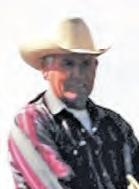
in Winnemucca, Nevada. While newlyweds, they worked at the Walt and Agnes Bowden Ranch out of McDermitt, Nevada. From there they went on to work at the Cross Ranch on Mary’s River, near Deeth, Nevada where Dick started all the work horses. He always said “they were good horses, but sometimes it was wild mowing the hay!
In 1957, Dick went to work for Evan and Tilly Zimmerman at the Disaster Peak Ranch near McDermitt. Evan and Dick were quite the team. They both liked to trot. Every fall Dick would take the neighbors cattle, driving them from Disaster Peak to Bengoa’s, meeting about halfway, and then to the Whitehorse Ranch in Southeastern Oregon. Then he would drive the Zimmerman cattle back to Disaster Peak.
In 1961 Dick began working for Bob Cambell at the Lucky 7 Ranch. This was his dream job as he got to trot all the time, covering a lot of country on the Owyhee desert. As his kids grew up, the first thing they learned was how to keep their horses at a trot so they would last all day. Being a humble man, Dick would ask his hired hands if they would mind gathering cattle in certain areas, not tell them where to gather.
When he left the Lucky 7 in 1975, he
went to work for McDermitt Mine. He continued to help all the nearby ranches to move cows and brand their calves when he could. After retiring from the mine, Dick helped his sons and other ranchers around the Elko area, including Bill McKnight at the Key Ranch and Stitzel’s of the Devils Gate Ranch. Every fall he would travel to Nebraska to help his son Chad feed cows, then he would return to Elko in the spring, just in time to help everyone brand calves.
Dick always loved his horses big and long legged. “That way” he said, “you still had a good horse at the end of the day, as when you started at the beginning of it.” As he became older, he said “maybe they don’t need to be so tall anymore!”
All the Swisher kids, Dixie, Chad, Chuck, Jack, and George all agree that they had the best childhood and the greatest memories growing up in the saddle with their dad. “They just don’t make hands like our dad anymore!”
Dick was honored as the Nevada cattle men association 2018 100,000-mile club inductee.
Dick is preceded in death by his mother Carrie, Father Jack, brothers Charlie, Pete, George and Jack Jr. Swisher, and his sister Bertie Munger. He is survived by his long-time friend, Sharon Swisher, his children, Dixie, Chad, Chuck, Jack (Joan) and George Swisher. His companion Val, two grandsons Sam and Martin, five granddaughters Cassie, Diana, Adrian, Quinn, Hayley, Amanda, and his loving sister, Mary (Lavon) Martinat.
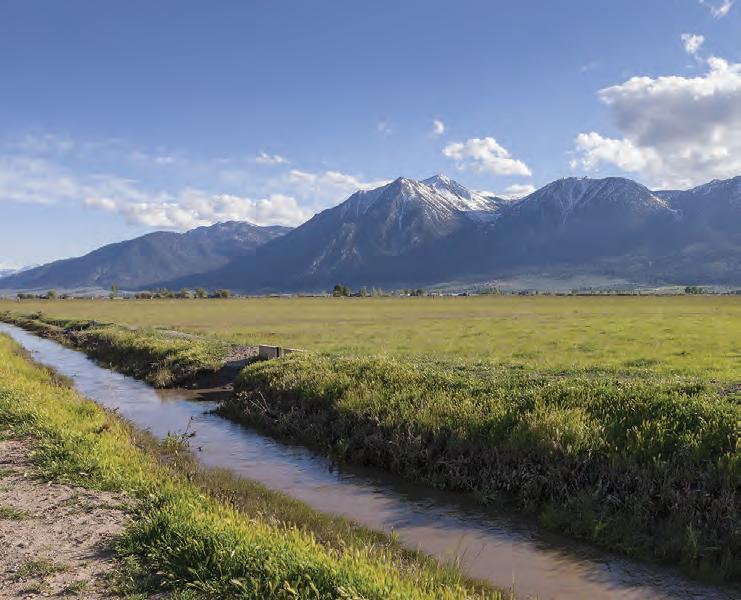




The Nevada Cattlemen’s Association (NCA) is eager to announce three scholarship opportunities this year. The NCA Scholarship will be awarded to a first-year college student beginning to pursue an education within the agricultural industry. This scholarship is open to all Nevada high school graduating seniors planning to attend a community college or four-year college/university and majoring in an agriculture-related field. The amount of this scholarship for 2025 will be $1,500! Eligibility & application requirements for the NCA Scholarship include:
■ Applicant must be a senior graduating from a Nevada high school.
■ Applicant must plan to attend a community college or a four-year college/ university.
■ Applicant must be seeking a degree in an agriculture-related field.
■ Applicant must have at least a 2.5 GPA. A copy of the student’s official transcripts is required.
■ Applicant must submit a cover letter describing themselves, how their future plans tie into the future of the cattle industry, their background in the beef industry, and how this scholarship may benefit them, etc.
NCA is also pleased to announce the Marvel/Andrae Scholarship, which is available to graduating high school seniors or students currently enrolled in college. To be eligible, students must be pursuing a degree in agricultural economics, agricultural business, or the animal/ meat science fields. The 2025 Marvel/Andrae Scholarship
award will be $2,500! The Nevada Cattlemen’s Association would like to thank Agri Beef for their continued support of the Marvel/Andrae Scholarship. This scholarship recognizes the legacies of Tom & Rosita Marvel and Jim & Sharon Andrae and the many contributions these two Nevada ranching families have made to our industry.
Eligibility & application requirements for the Marvel/ Andrae Scholarship include:
■ Applicant must plan to attend or be currently attending a community college or a four-year college/university.
■ Applicant must be from Nevada and pursuing a degree in agricultural economics, agricultural business, or the animal/meat science fields.
■ Applicant must have at least a 2.8 GPA. A copy of the student’s official transcripts is required.
■ Students who were previous recipients of the NCA Scholarship and meet the eligibility requirements of the Marvel/Andrae Scholarship are eligible to apply.
■ Applicant must submit a cover letter describing themselves, their background, goals, future plans, and how this scholarship may benefit them, etc.
In its second year, the NCA will also be offering the Walt Leberski Memorial Scholarship. The Walt Leberski Memorial Scholarship will be awarded to a graduating high school senior or currently enrolled college student.
Potential applicants must be pursuing a degree/certificate in an agriculture-related field at a community college, four-year university, or trade
Aschool. The amount of this scholarship for 2024 will be $5,000!
Eligibility & application requirements for the Walt Leberski Memorial Scholarship include:
■ Applicant must be born in Nevada and have graduated or will graduate from a Nevada high school.
■ Applicant must plan to attend or be currently attending a community college, university, or trade school.
■ Applicant must be pursuing a degree or certificate in an agriculture-related field.
■ Applicant must have at least a 2.8 GPA. A copy of the student’s transcripts is required.
■ Students who were previous recipients of the NCA Scholarship or Marvel/ Andrae Scholarship will be eligible to apply for the Walt Leberski Memorial Scholarship.
■ Applicant must submit a cover letter describing themselves, their background, goals, future plans, and how this scholarship may benefit them, etc. Scholarship application forms can be downloaded from the Nevada Cattlemen’s website at www.nevadacattlemen.org. Applicants can also call the NCA office at 775-738-9214 or send a request to nca@nevadabeef. org for a copy. Completed applications must be postmarked by April 2nd, 2025, and can be mailed to: Attn: Research & Education Committee, c/o Nevada Cattlemen’s Association, P.O. Box 310, Elko, NV 89803; or submitted by email to nca@ nevadabeef.org.
s a whole, 2024 gave us a lot to be grateful for in the livestock industry in Nevada. I have an “attitude of gratitude” as I look back on 2024, but also as I look forward to 2025, my optimism abounds. The stars are aligning on numerous fronts for big things to happen in the cattle industry in 2025. I am personally anxiously awaiting the USDA’s January Livestock Inventory Report. This report is a “look under the hood” at our leverage in the marketplace. We know there will be tighter cattle supplies moving forward, but the question is really just how tight things are going to get. My personal predictions are that we’ll see the Beef Cow Herd numbers at 27.9 million head, with Beef Replacement Heifers around 4.5 million. Those are the numbers I watch closely.
What do those numbers mean, you ask? The cowherd is still contracting, and heifer retention to start expanding the cowherd hasn’t happened yet. Bottom line: cow-calf producers are still in the driver’s seat for higher prices.

Along with a favorable Inventory Report, beef demand from outside the industry still looks strong. In my cheap seat I feel we have weathered the price hike of our product at the retail level, and consumers are still spending their money to buy beef. Our consumers have shown real loyalty and love for our products. Now that the election is over, there is a new confidence in the economy, and I feel that beef demand might just go up!
I received a letter from my favorite lending agency a few days ago stating that the interest rate has been cut a half percent. It looks like energy and commodity prices may soften a little moving forward into 2025, and maybe inflation is cooling off. Other than the price of a new pickup, everything seems to be going our way!
I want to wish everyone a Happy New Year. 2024 was a great year, but it looks like 2025 might be even better and I hope it is!
Cheers,
Hanes Holman
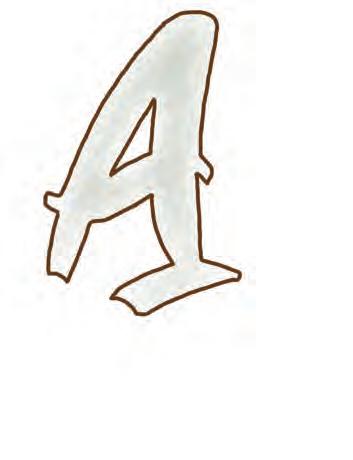
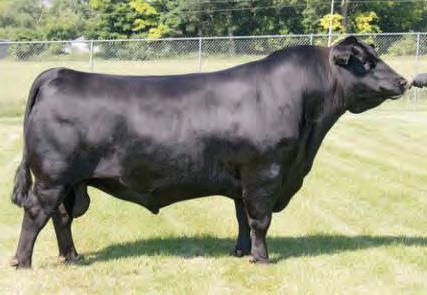



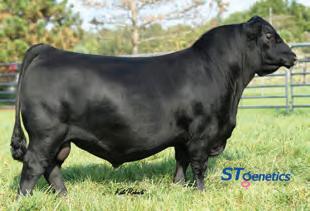






Winnemucca, Nev.—The Horse Protection Act as introduced in 1970, was initially designed as a federal law aimed at eliminating abusive practices, soring in particular in horse training specifically targeting the Tennessee Walking Horse Industry as well as Racking Horses, and other gaited horses. Soring, also known as “fixing” is the intentional infliction of pain to the front limbs of Tennessee Walking Horses by means of applying caustic chemicals, such as croton oil or kerosene to the front pasterns along with DMSO to increase its absorption. The legs are then covered with plastic wrap, bandaged, and allowed to “cook” for a few days until they are tender to touch. Next, chains are placed around the horse’s pasterns. Chains are considered legal “action devices’ in the industry, and in of themselves aren’t harmful, but they rub against the already tender and irritated skin increasing the horse’s pain. This encourages the horse to alter his gait. The gait becomes flashier. He picks up his sore feet more quickly and lifts them higher than normal and shifts weight to his hind legs to compensate for the pain
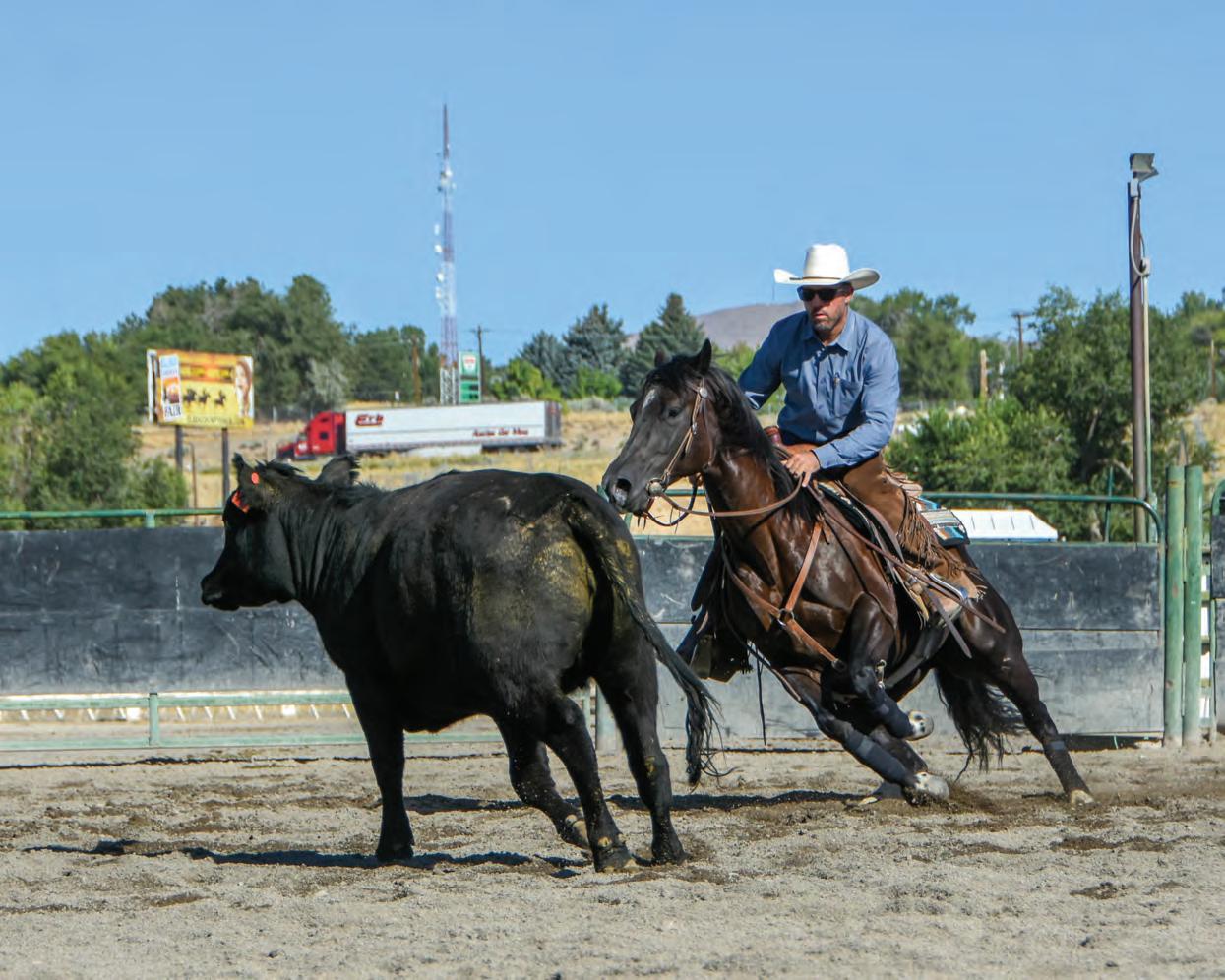

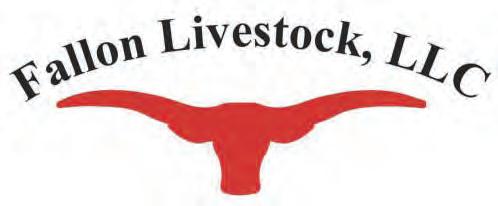


Does the act of just riding a horse sore it? The imposed updates to the Horse Protection Act seem to be coming from animal rights groups with ideologies that conflict with horse ownership and have heavily influence the act.
From page 8
in his front limbs. Often, trainers will engage in cutting the horse’s hooves down to the quick, then driving nails into that soft tissue. The intent is to produce an artificially high stepping gait known as the “Big Lick.” Steps are taken to disguise the aftereffects by covering them with bell boots and splint boots. These practices have been running rampant through the Tennessee Walking Horse industry since they began showing.
In the early 1960’s outrage over soring helped to mobilize the equine welfare movement. In 1966, the American Horse Protection Association (AHPA) was founded to address two issues, the treatment of feral horses on public lands and the popularity of soring. Three years later legislation was introduced addressing these issues, and 1970 the Horse Protection Act (HPA) was passed by Congress. This legislation prohibited the showing, selling, exhibition, or transport of sored horses. Since 1976, rigorous inspections of show horses, before and after classes, have been required at all Tennessee Walker shows.
Any evidence of soring of any kind results in disqualification from the class and fines. Since 1976, compliance of the law has been consistently over 90%, in 2023 the compliance rate was 98%. It is estimated that there are around 50 Tennessee Walker shows a year, meaning the Tennessee Walking Horse sector is relatively small in relation to horse events and enthusiasts across the United States horse industry.
As of February 1, 2025, the revised Horse

Events like the Champion Nevada Bridle Horse and branding contests at the Elko County Fair are in jeopardy due to interpretation of the amendments to the Revised Horse Protection Act.
Protection Act is set to be implemented. Here is what is included in the revised HPA, horse event managers must:
■ Notify APHIS no less than 30 days in advance of the event, also specifying whether or not they are hiring/requesting an inspector.
■ Notify APHIS of any event updates 15 days prior to the event.
■ Police warm-up areas.
■ Allow free and uninhibited access by HPIs to records, barns, horse trailers, stables, stalls, arenas, and all other show or exhibition grounds.
■ Verify identity of each horse entered at a show, exhibition, sale, or auction.
■ Maintain all horse show and exhibition records for 90 days and make them available to inspectors.
■ Report any violations of the Horse Protection Act to the APHIS regional director within five days after conclusion of the event.
For horse owners, the rule revisions mean many things. If you show or exhibit horses in any way and/or offer horses through sales, here is a partial list of rules you will be forced to follow if the revised HPA is implemented:
■ Anything that could make a horse sore, lame, or irritated are prohibited. Sore muscles from a focused training session or a small rub from an incorrectly fitted bell boot could be equated to intentional soring.
■ Any substance that could make a horse sore or have an inflammatory reaction is prohibited, including therapeutic liniment.
■ No substances may be used on the limbs of a horse, including skin and hair conditioners or fly spray.
■ Horse owners are not the only ones liable. Any participant with horses is subject to liability, including agents, haulers, trainers, vendors, supporters, and sponsors.
■ Mandatory rest periods must be observed during shows, exhibitions, sales, and auctions.
■ Any information requested must be provided to inspectors on demand.
■ Horses’ legs must be blemish-free, including dermatologic conditions such as irritation, moisture, edema, swelling, redness, epidermal thickening, loss of hair, or other evidence of inflammation.

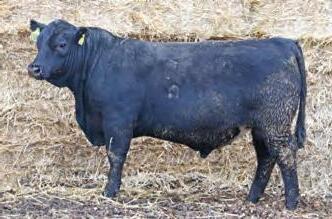
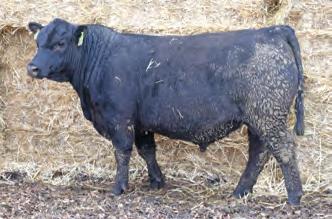
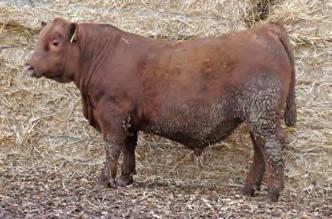






■ Horse inspections may include, but are not limited to, “visual inspection of a horse and review of records, physical examination of a horse, including touching, rubbing, palpating, and observation of vital signs, and the use of any diagnostic device or instrument, and may require the removal of any shoe or any other equipment, substance, or paraphernalia from the horse when deemed necessary by the professional conducting such inspection.
■ Horses can be detained
by HPIs for 24 hours.
■ Therapeutic treatments, including massage, chiropractic treatments, and PMF must be administered or overseen by qualified veterinarians.
■ Complete veterinary records must be kept and maintained for horses receiving therapeutic treatment of any kind.
■ Requirements for shipping and transporting horses.
■ Any horse winning first place in a class is required to be re-inspected.
■ Horses that receive a rub or blemish while
competing are subject to HPA violations, even if the horse passed inspection prior to entering the ring. This is not a complete list. We encourage you to read the official full 129page HPA document to understand the true weight of what is currently intended. If a horse stumbles in the ring and walks out limping, that may be considered soring, who is to say the act of riding a horse isn’t soring a horse? Any type of scaring or blemishing from an old wire cut to a scrap from hauling, now must be documented by a licensed


veterinarian and subject to an inspection at your next show. This list hasn’t even touched on roping events that are part of horse shows. These new requirements aren’t affecting just major shows either. They extend to all shows, from local 4-H playdays to annual international competitions, encompassing all horse breeds.
To put into perspective,
the cost alone associated with requiring a USDA inspector or vet to be present during events may be cost prohibitive in many rural areas. Especially rural areas that already have low numbers of vets to begin with. How are these rural vets going to juggle clients with emergencies when they are forced to babysit horse shows? Many of these events operate on
break even budgets and will be forced to significantly raise their entry fees to cover the costs of USDA inspectors and vets. Never mind the shortage or lack thereof of qualified inspectors and USDA trained personnel.
To read the Horse Protection Act in further detail, go to www.aphis.usda.gov/hpa
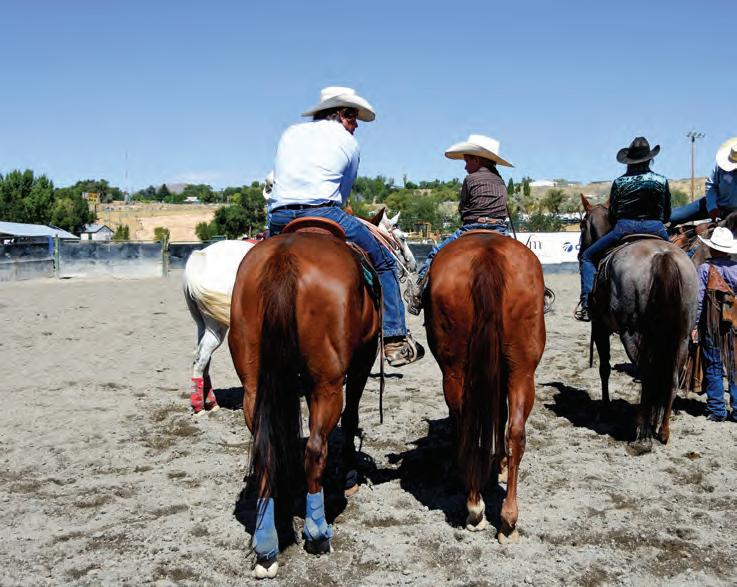





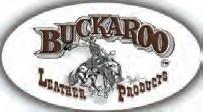
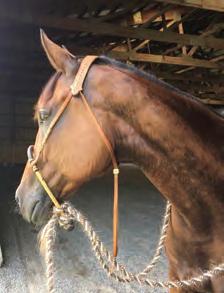




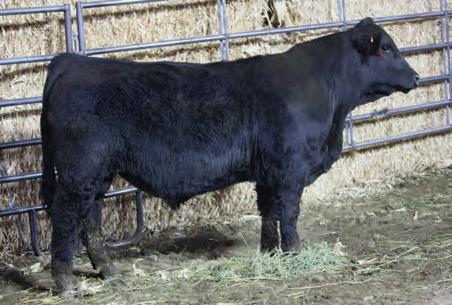
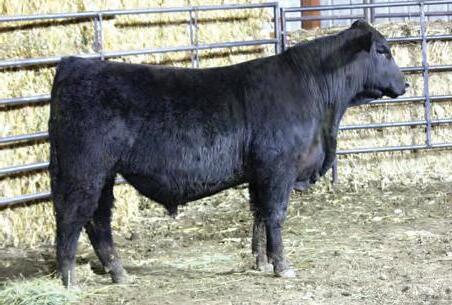

















• PAP tested at 6,300’ elevation • DNA Tested, Breeding Soundness Exam and Semen Tested • “Cattlemen to Cattlemen” guarantee • Bulls raised by BLM range-calved cows on the 6,500’ Utah high desert













Conferences gather agriculture producers, beekeepers and others to share knowledge, expertise
RENO, Nev. – To help provide education and support for Nevada’s agriculture producers, associated businesses and others, University of Nevada, Reno Extension is partnering with other organizations to host agriculture conferences throughout the state: Jan. 28-30; the Nevada Small Farms Conference in Sparks, Feb. 20-22; and the Bee & Garden Conference in Minden, March 20-22.
“Extension is very excited to be able to offer educational opportunities to urban and small farm producers, as well as beekeepers and others, to provide them with the latest research and information on resources to help them be successful,” Staci Emm, Extension educator, said. “We realize that our local food systems are extremely important to our communities and want to facilitate long-term sustainability.”
This year, Emm said that with generous support from the U.S. Department of Agriculture’s Risk Management Agency and other partners, Extension is able to offer registration for all three conferences for $150, and registration for the individual conferences for $75. In addition to agriculture producers, the conferences also offer learning and networking opportunities for others, such as chefs and restaurant owners, recreational gardeners, youth gardeners, and others, depending on the conference.

The Nevada Small Farms Conference is Feb. 20-22 in Sparks at the Nugget Casino Resort, 1100 Nugget Ave. According to Emm, smaller operations sometimes have a more difficult time marketing their products and networking, since their base is rural, but this conference provides an opportunity for those with smaller operations to share information about available resources and meet with other industry professionals, as well as to hear presentations on a variety of topics to help them maintain profitable and sustainable operations. Current and new farm owners, local food advocates, chefs, farmers market managers, FFA members and other agricultural stakeholders are encouraged to attend.
The format of this conference is similar to the format of the Nevada Urban Agriculture Conference, with the first day (Thursday) offering a variety of preconference workshops, and the next two days being a series of workshops, presentations and networking events. Register online for the conference for $75, which includes all workshops and presentations, networking events, and breakfast pastries and lunches on Friday and Saturday.
The conference is made possible by funding from the U.S. Department of Agriculture’s Risk Management Agency and other partners. For more information, contact Kaley Chapin at kaleys@unr.edu or 702-467-2668.
The Bee & Garden Conference is March 20-22 in Minden at the Carson Valley Inn, 1627 U.S. Highway 395 North. The conference will focus on native bees and other
13

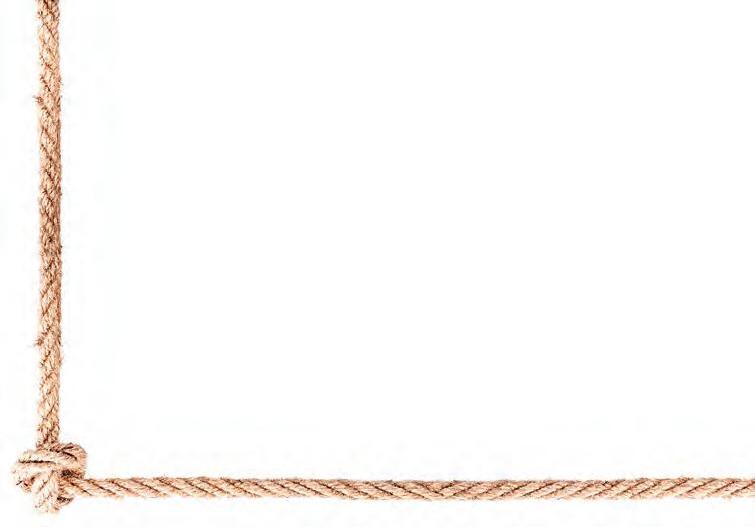


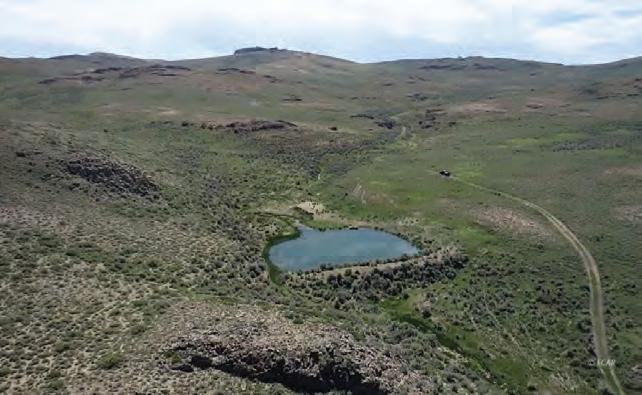
more. Borders I-80 with access onto the Ryndon Exit.. Price: $1,200,000.
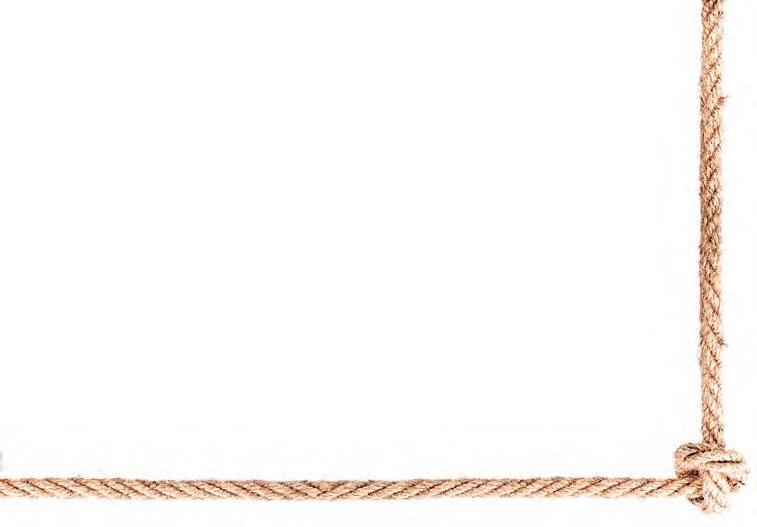
From page 12
pollinators and the benefits of protecting pollinators for the beekeeper, homeowner and small-acreage producer.
Presentations will provide information on beekeeping, planting for pollinators, mitigating risk and insurance risk management products, designing landscapes for homeowners and small acreages, and specialty crop production. There will be trainings, presentations and workshops on value-added opportunities in apiculture, horticulture and home gardening, as well as on how to get products to market. Hands-on opportunities and round table discussions with colleagues and peers will also be available.
Register online for the conference for $75, which is all inclusive. A complete schedule of conference presentations and events will be available next month. For more information, contact Daunelle Wulstein at daunellew@unr.edu or 775782-9960. This conference is made possible by funding from the USDA’s Risk Management Agency and other partners, including local sponsors and the Beginning Farmer and Rancher Development Program of the USDA’s National Institute of Food and Agriculture, and the Nevada Farm Bureau.
See Extension’s Risk Management Education Program website for more information on the agriculture conferences and other resources available for agricultural producers. Persons in need of special accommodations or assistance should contact Paul Lessick, civil rights and compliance coordinator, at plessick@unr.edu or 702-257-5577 at least five days prior to the scheduled event with their needs or for more information.
USDA Natural Resources Conservation Service- Deadline Feb. 19
By USDA
RENO, Nev. – The Natural Resources Conservation Service is accepting applications for the Agricultural Conservation Easement Program (ACEP), which helps landowners, tribes, and partners enroll wetlands, grasslands and farmlands into conservation easements. Applications are also being accepted from eligible entities (agencies of state or local governments, tribes, or non-profit or nongovernmental organizations) who work with landowners to submit applications for the program.
ACEP protects the agricultural viability and related conservation values of eligible land by limiting nonagricultural uses, protecting grazing use, and related conservation values by restoring or conserving eligible grazing land, and protecting and restoring and enhancing wetlands on eligible land.
Eligible partners include American Indian tribes, state and local governments and non-government organizations that have farmland, rangeland or grassland protection programs. Eligible landowners include owners of private land, including land held by tribes and tribal members.
While NRCS accepts ACEP applications year-round, Nevada producers and landowners should apply by February 19, 2025, to be considered for FY25 funding. Applications received after the sign-up date will be considered for funding in FY26. Funding is provided through a competitive process.
ACEP ENROLLMENT OPTIONS INCLUDE:
ACEP-Wetland Reserve Easements (WRE): Helps restore, protect and enhance wetlands on eligible land. Wetland reserve easements are either perpetual, 30-years, or maximum duration under state law, or 30-year contracts (for Indian Tribes).
ACEP-Agricultural Land Easements (ALE): Protects farmlands and grasslands by limiting non-agricultural uses of the land. Agricultural Land Easements are either perpetual or the maximum duration allowed under State law.
NRCS is also making efforts to improve the program this year by streamlining appraisals, land surveys, and certifying eligible entities who help NRCS and producers enroll land into easements.
KEY PROGRAM CHANGES INCLUDE:
Land Surveys for WRE: NRCS plans to encourage procurement of land surveys earlier in the acquisition timeline, such as when an application has been tentatively selected for a WRE. These surveys help with locating land boundaries, which is needed to purchase and manage the easement. NRCS is also increasing its use of partnerships to assist with acquiring the land surveys and has simplified the review process for producer-acquired land surveys. This will speed up the time it takes producers and landowners to enroll.
Appraisals for ALE: The threshold for
national review of ALE appraisals is now $3 million, raised from $1 million. NRCS raised the threshold to align program requirements with increased land values, enabling the agency to better target staff resources and speed up implementation. Appraisals help ensure cost-effective and appropriate use of federal funds that are contributed to a conservation partner for their purchase of the ALE from the farmer or rancher.
Certification of Entities for ALE: For ALE, NRCS works with eligible entities, such as American Indian tribes, state and local governments and non-governmental organizations, to conserve prime farmland and at-risk grasslands. NRCS is working to expand the number of entities by launching a certification initiative to proactively notify potentially eligible entities that they qualify for administrative flexibilities. Certified entities have greater independence and less oversight in their purchase of easements funded under ALE. Information for entities on how to get certified is available on the ALE webpage.
More information about ACEP, ALE, and WRE can be found at https:// www.nrcs.usda.gov/programs-initiatives/acep-agricultural-conservation-easement-program/nevada/ agricultural
For more information contact Ariel De Lara, acting Assistant State Conservationist for Programs at ariel.delara@usda.gov or 530-620-5323 or Trina Johnson at trina.johnson@usda.gov or 775-834-0870.
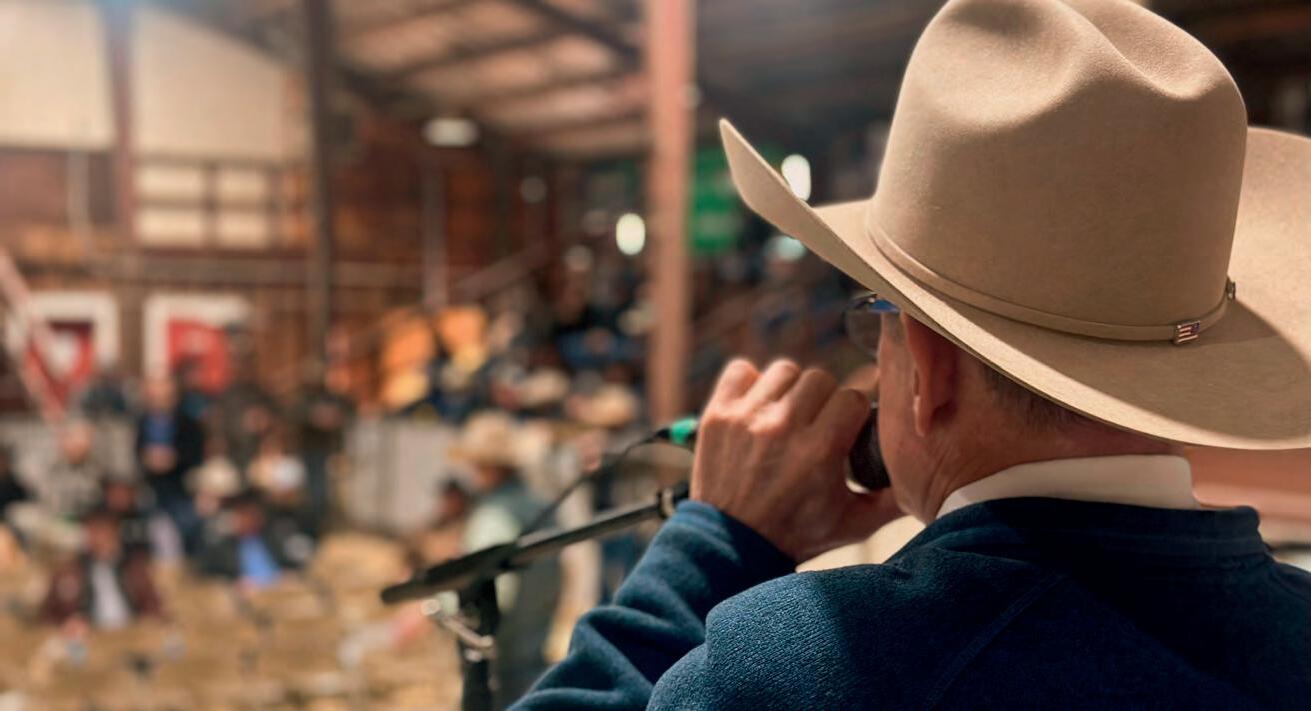



February 28
Winnemucca, Nev.—I’m not sure about your neck of the woods, but here in my corner, this has been the nicest winter so far! It has been so open and easy for ranching. Snow has been minimal, but we have had a lot of moisture. The ground is saturated, but not so muddy that you can’t travel. There is plenty of snow on the mountain, things are looking pretty good so far for summer irrigating. Cows are still eating old feed. Days are warm. It is nice! Here is hoping calving season goes as well as feeding has gone so far!


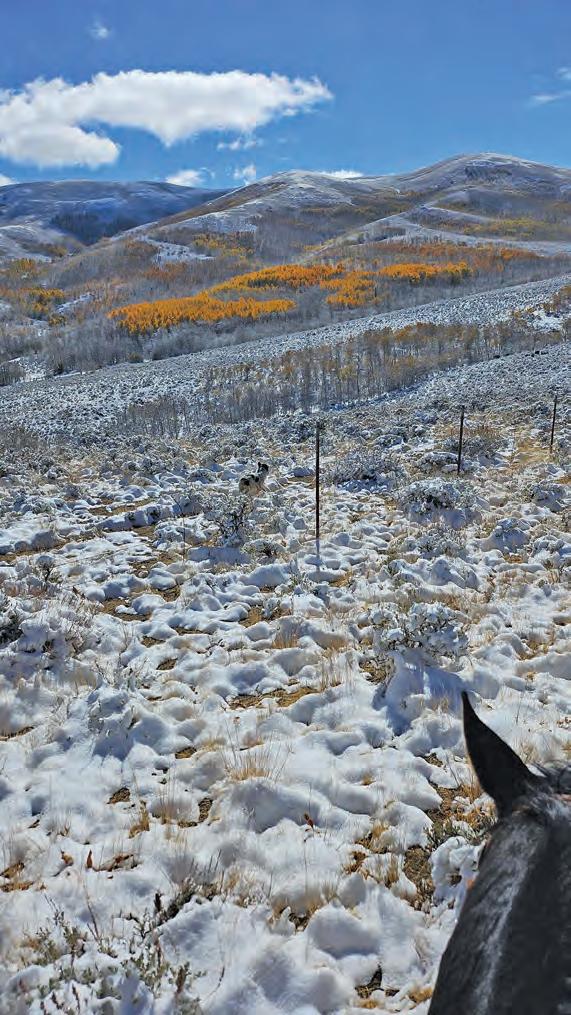
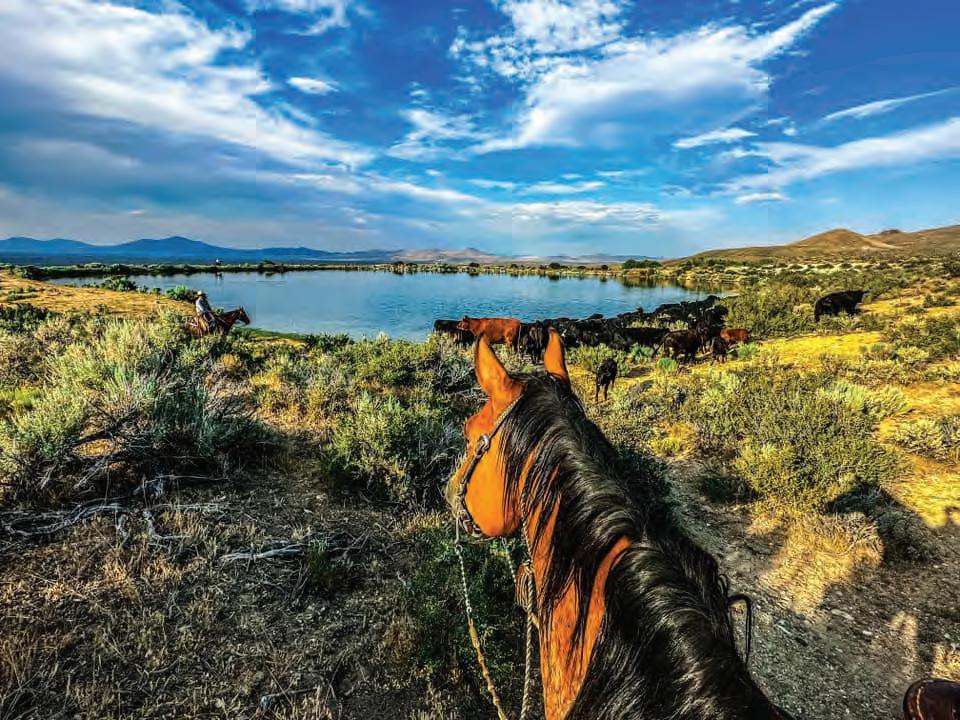
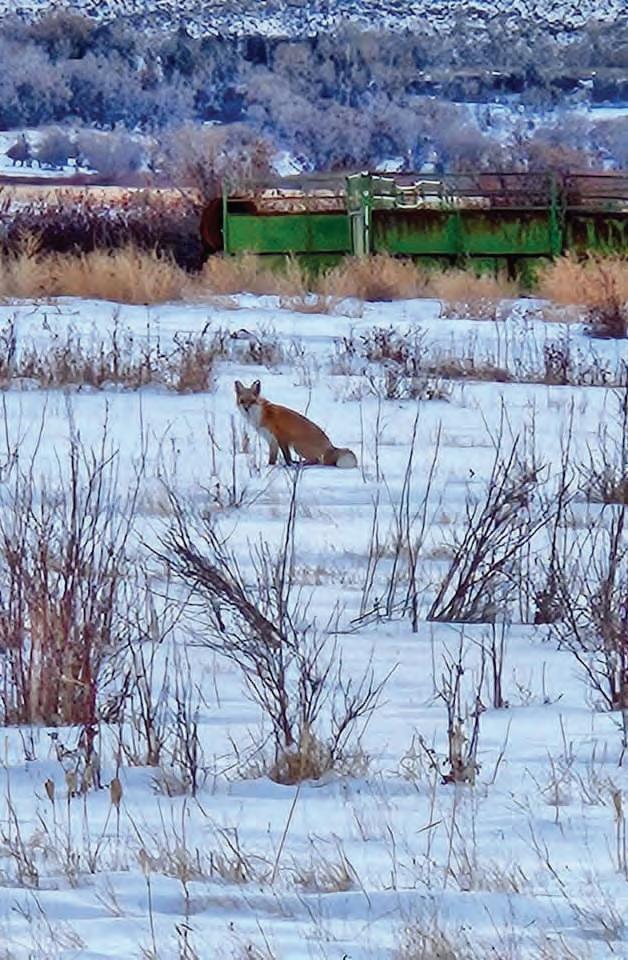
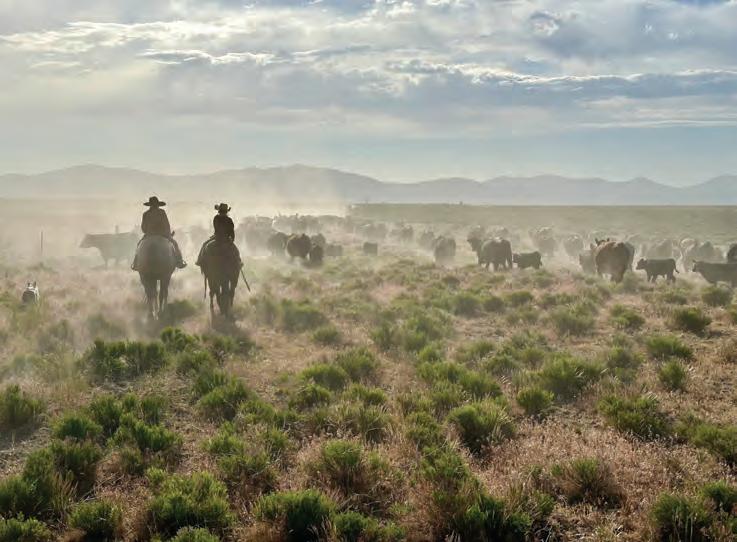

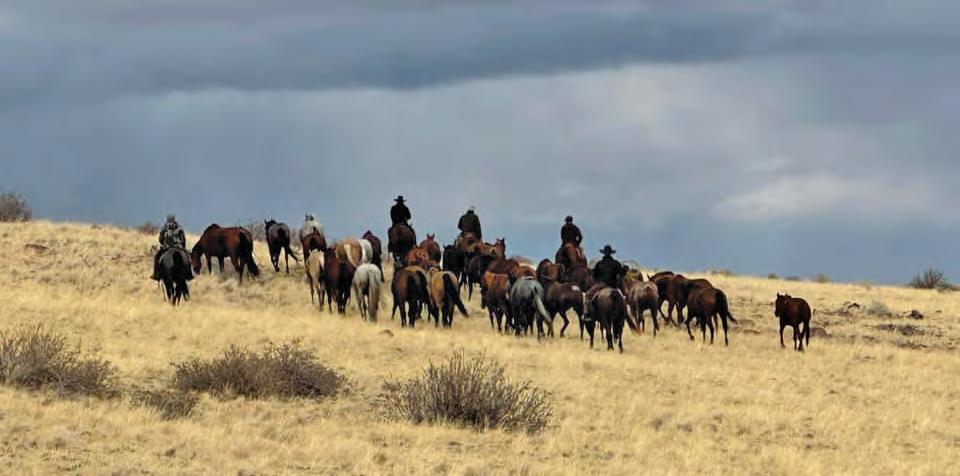

Special to the Nevada Rancher
The 3rd annual Great Basin bull sale will be held on February 15th at the Rafter 3C arena in Fallon Nevada. The sale has 226 bulls consigned in two divisions. In the first division performance tested bulls will be offered with the testing format remaining essentially the same for the bull test. The second division will offer Range bulls under the same format as the Fallon bull sale. Awards for the overall champion, a calving ease Angus champion, and best of breed categories will be given. An exciting three day event is planned with a full ranch rodeo, and a dinner and concert Friday night featuring the Bellamy Brothers.
The bull test will essentially remain the same. Bulls will compete in three divisions according to age. Early fall, Late fall and spring born calves will compete to become the coveted overall performance tested champion. Bulls will be evaluated in Five categories, with the top bull in each category earning maximum points. The categories include fertility, each bull must pass a semen test by a year of age, his dam’s calving records will also be evaluated for calving interval and regularity of calving. Not many bull sales will publish that information for you. The second category will be weaning performance. In herd weaning ratios, EPD’s and weight per day of age will be used for this calculation. The third category will be gain on test. We all sell cattle by the pound and performance is the key to profitability. The fourth category will be feed efficiency.
Residual feed Intake or RFI is measured on each bull in the test. Research at leading universities across the country is showing that as much as a 20% gain in efficiency can be gained from using negative RFI bulls. With the ever-changing weather conditions and the rising cost of inputs we have experienced over the last few years, raising cattle that can do more with less has become more important than ever. The fifth and final category in the evaluation will be ultrasound. Each bull will be ultrasound tested to evaluate their potential carcass quality.
The Range bull division will provide the same high quality age advantaged bulls Nevada cattle producers have come to expect from the Fallon All Breeds bull sale. These bulls will undergo a thorough sifting and grading process to ensure quality and soundness. Two three-person committees will evaluate the bulls for each category. Quality grading will use the same CBCIA guidelines as in the past. Once again, we will use a video format for the sale. Bulls will be on display for buyer evaluation, however individual videos of the bulls will be used during the auction instead of running the bulls through the ring. This format is easier on the cattle and the sale staff. The auction will also be broadcast over the internet via LiveAuctions.TV. The auctioneer will be Jake Parnell, and the sale will be managed by M3 Marketing.
On behalf of the consignors, The Nevada Cattlemen’s Association, and the city of Fallon we would love to see you on February 15th.




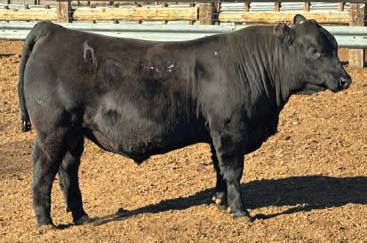























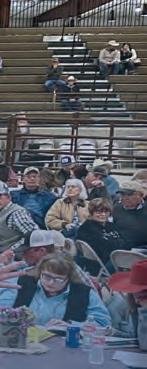





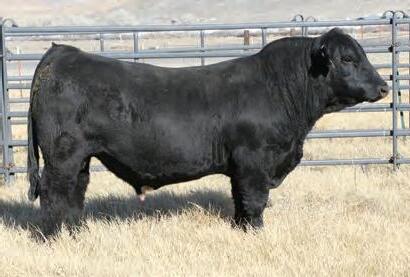





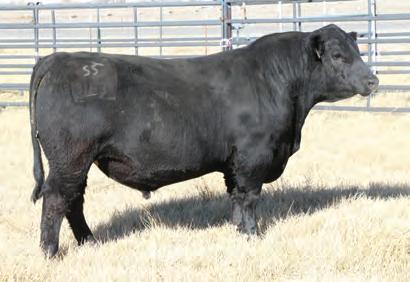


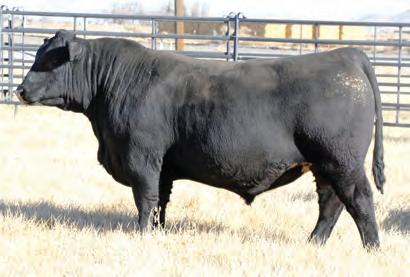









Nevada Department of Agriculture
Producers are the backbone of the beef industry. No one is more dedicated to raising healthy cattle and stewarding the land than a farmer or rancher. To help producers share their stories and promote beef to their customers, NCBA, a contractor to the Beef Checkoff, created a new portal on the www.BeefItsWhatsForDinner.com website that provides access to a variety of assets and resources.
“We are here to serve producers, and we want resources to be readily available to make it easy for them to share information,” said Rashanda Cobbins, NCBA’s director of content strategy. “These materials will help drive a consistent message as well as drive demand for beef.”
An extensive library of Beef Checkoff-funded images, media, recipes and infographics are accessible by beef producers and stakeholders to assist in marketing and promoting beef. These resources, including beef cut and recipe imagery, lifestyle photography, how-to videos, fact sheets, and more are available for free through the Producer Resource portal at https:// www.beefitswhatsfordinner.com/

resources/producer-resources. Whether direct-marketing beef, educating consumers at an event or networking with fellow producers, the Producer Resource portal is the one place to go for materials.
Content will be updated regularly, highlighting beef throughout the seasons, from summer grilling to holiday feasts. Additional resources will be added based on producer feedback and requests. Accessing assets is free and easy, simply visit the website, https://www. beefitswhatsfordinner.com/resources/ producer-resources or scan the QR code, to complete a short form.

The Nevada Department of Agriculture (NDA) welcomes Peter Rolfe, DVM, as the new State Veterinarian. Dr. Rolfe will be joining the NDA after previously serving as a regulatory veterinarian for the Colorado Department of Agriculture.
“We are very excited to welcome Dr. Rolfe as part of our team at the NDA,” said Director J.J. Goicoechea. “His regulatory and thorough veterinary background will be a great asset to the work we’re doing in the state.”
He holds a Doctorate of Veterinary Medicine (DVM) from Oregon State University, and brings over two decades of experience in large animal practice. Originally from the Reno area, Dr. Rolfe looks forward to being back in the Silver State.


We are experts in State of Nevada Water Rights. We provide a wide range of water right and resource development services that can be customized to meet your needs.
Our team works directly with you to develop the best solution for your farm, ranch, business or home.



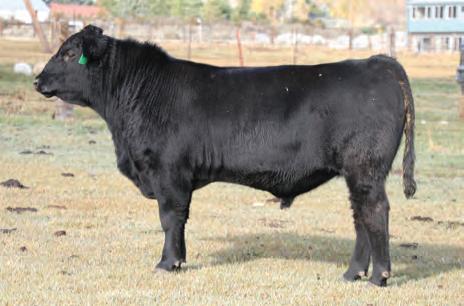


WARD RANCHES WAS BUILT TO PROVIDE SUSTAINABLE ANGUS GENETICS IN THE GREAT BASIN AND BEYOND. Our foundation females and natural service sires hail from two of the most respected cattelmen in the West - David Medeiros and David Dal Porto. We have added some of the most proven and highly accurate multi-trait sires to our AI program for nearly 20 years in order to produce cattle that flourish in tough conditions. Call to setup a time to preview the bulls ahead of the sale.


By Heather Smith Thomas
This Valentines’ Day, try something different. Instead of taking your sweetie out to dinner, maybe cook something special at home—with beef, of course.
Many people love beef and most folks have a favorite way to cook certain cuts. For those of us who aren’t professional chefs, however, our experience in different ways to cook meat may be limited and we might be hesitant to try something new. There are a lot of good easy recipes for folks who want to try something a bit different, however.
Samantha Riley has been involved with the Beef Checkoff for several years and she says there are many great step-bystep recipes and methods on the website and anyone can look these up: www. beefitswhatsfordinner.com There are recipes for all kinds of cuts of meat, and lots of ways to cook the traditional burgers and steaks.

For instance, many people today are talking about sous vide precision cooking because it’s the most reliable way to get perfectly cooked meat every time. Steak is one of the most popular foods for first-time sous vide enthusiasts to cook, because it’s so foolproof. Cooking
steak the traditional way, in a cast-iron skillet or on the grill, has lots of risk for error. You really don’t want an over-cooked or undercooked steak if you’ve spent money for prime-grade dry-aged ribeye or some other great steak from one of your own cattle. Sous vide cooking takes all the
guesswork out of the process, and you end up with steaks that are cooked to precisely the temperature you like. Also, because sous vide is a gentle cooking process, you can achieve steaks that are more evenly cooked from edge to edge than what you’ll find in the best steakhouses.
With traditional highheat cooking methods, hitting that perfect medium-rare sweet spot is a challenge. A moment too short or too long on the fire, and your steak will be under-cooked or overcooked. Sous vide precision cooking methods solve that issue.
“For a while, chefs were the only ones who did it, but today many people are doing sous vide at home. It requires a water circulator and it cooks everything evenly—from the surface all the way to the center,” says Riley.
With traditional methods, your dinner schedule is at the mercy of the steak. Once you start cooking, it’s a nonstop process. Sous vide steaks, by contrast, can be held for several hours before you finish by searing and serving, which means your steaks can be ready whenever you and your family (or you and your guests) are ready to eat.
“Many people, after they sous vide the steak,
brown it in a skillet or on a grill, but the steak itself is already evenly cooked. But there are certain steps you have to follow. Before subjecting it to the water circulator it is put in a vacuum-sealed bag,” she explains.
Cooking steak sous vide is a two-phase process. The first phase involves sealing the steak in a plastic bag and cooking it to the desired final temperature in the water bath or a sous vide device. The second phase is searing the meat to produce the desired color, flavor, and textural contrast on its surface, and help soften its fat. But the temperature of the sous vide bath during the initial cooking is what determines the final doneness.
“There’s a whole section of sous vide recipes on www.beefitswhatsfordinner.com The type of steak and its thickness will determine how long you cook it. If you are cooking
BEEF, 22








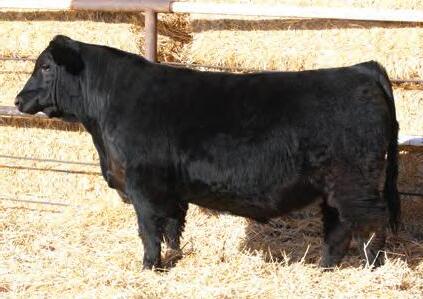





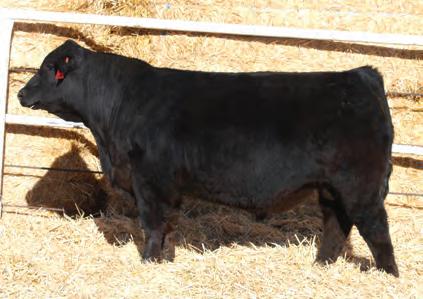

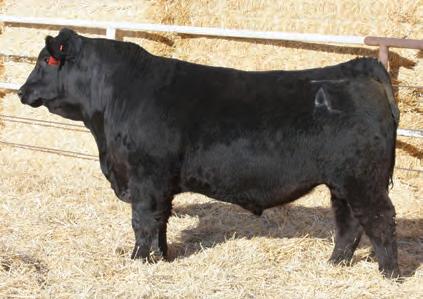
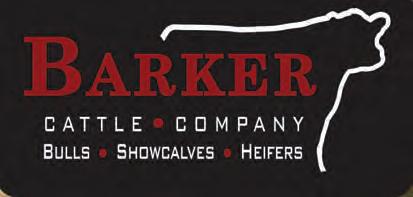



for multiple people it’s an efficient way to have the steaks all done at one time. You can season the meat however you want—herbs, spices, butter, etc.—and put that all in the bag before you seal it. This will infuse those flavors into the meat as it cooks. You don’t lose any of the flavor; it holds all the juices and flavors in with the steak,” she says. Most cooks recommend using one of the automatic vacuum-sealing machines, like a person would use when cutting/wrapping meat to freeze. “Use a foodgrade plastic bag designed for this type of cooking. Once it’s sealed you drop the bag into the pre-heated water and let it soak. Don’t overcrowd the container, and make sure every bag is completely submerged so it all cooks evenly. How long it needs to cook depends on the recipe and the thickness of the steaks or whatever cut of meat it is.” Then when you take it out of the bag you can sear it if you wish, and it’s ready to eat.
This is a great way to cook cuts of meat that a person might not be familiar with, such as a flank steak. “There are some great recipes on our

website, such as a sous vide flank steak fajitas with peppers and onions, or sous vide short ribs with smashed avocado on toast. There’s also a recipe for sous vide corned beef and sauerkraut or teriyaki beef noodles,” she says. It’s also a great way to cook top sirloin or top round roast. There are many options. The website also gives tips on different ways to cook meat—grilling, smoking, oven cooking, broiling, skillet cooking, braising, stewing, etc. “It not only shows the basics but also describes some unique ways that most home cooks don’t normally think about
when cooking beef. It can be fun and adventuresome, to try something different, and spice up your normal routine or do something fancy and tasty for a special occasion. If someone wants to learn more about these techniques, this is a great source of good information,” says Riley.
Pressure cooking is another way to cook meat that is becoming popular again. “Many people used to pressure cook years ago; my grandmother used to pressure cook and can meat. Now we also have the electric version such as the Instant-pot. Something that normally takes several hours to cook can be
cooked in a much shorter time. It’s very convenient, to cook beef in a pressure cooker,” she says.
“I do this a lot when I give demonstrations. When you hit the release after it’s done, and it lets off steam, it smells so good! It draws everyone to see what’s cooking. A person must be careful releasing it like that, to not be burned, but pressure cooking is a great way to cook something quick and easy and impart a lot of flavor.
Traditionally many people cooked roasts in a pressure cooker because it doesn’t take as long, but you can also do steaks and pasta dishes,” she explains.
The basics of using a pressure cooker are simple.
“First make sure it is clean and the vent tube isn’t clogged. Pressure cookers require a minimum amount of liquid and a maximum amount of food to function properly. Depending on the model and recipe, your pressure cooker may take up to 20 minutes to build up pressure. Make sure you have all the right ingredients and measurements for the recipe you are using. If it’s a roast you might want to brown it first. You don’t need to do that on your stovetop; modern pressure cookers have an option where you can actually brown and sear it before you add the liquid. You add a lot of flavor by browning it,” she says.
Then you can add beef broth, water or whatever liquid you plan to use and all the other recipe ingredients. “Lock the lid, and after it builds pressure let it cook for whatever length of time the recipe suggests, using the timer.” Most pressure cookers include a safety feature that prevents the lid from being opened while the contents are under pressure.
When it’s done, release it. There are two methods for releasing pressure from the cooker: quick release
and natural release. Quick release involves manually opening the pressure release valve. “I put a little towel over the pressure release (to prevent being accidentally burned) and knock it with a spoon,” she says. The natural release method is simply turning off the heat and allowing the pressure to drop on its own. For best results, it’s recommend to let the pressure release naturally. Refer to your user manual for specific instructions. Many pressure cooker recipes are for one-pot meals that can go straight to the table, which is handy (a lot less cleanup afterward because you are cooking everything in the same pot), while some recipes are for making ingredients to be used in other recipes. Either way, when you follow the guidelines for preparation and safe operation, you’ll get a great-tasting dish.
There are also many recipes for slow-cooker meals, and many of those have been converted now to pressure-cooker recipes for faster cooking. “Some of your favorites that you traditionally put in a slow-cooker in the morning can now be done in your pressure cooker later in the day.”

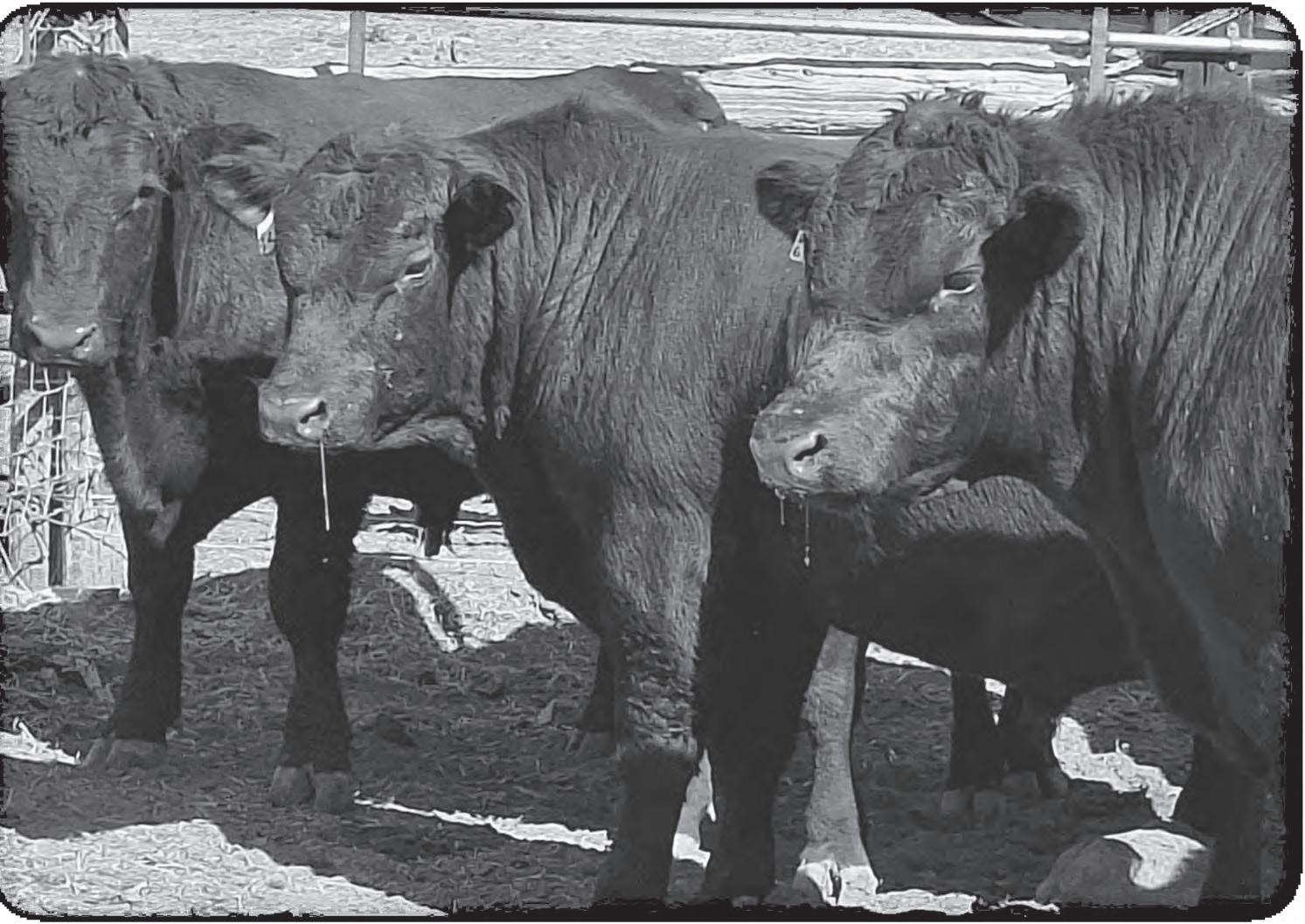
HIGH ELEVATION BULLS FROM COWS THAT:
• Run out 10 to 12 months of the year
• Are low input and problem free
• Have superior fertility and udder structure
• Mother Nature has the first sort on
• Have bred in longevity and durability
• Are genetically selected to produce far into their teens
• Have summered on the Big Horn Mountains and wintered on high desert range for the past 45 years
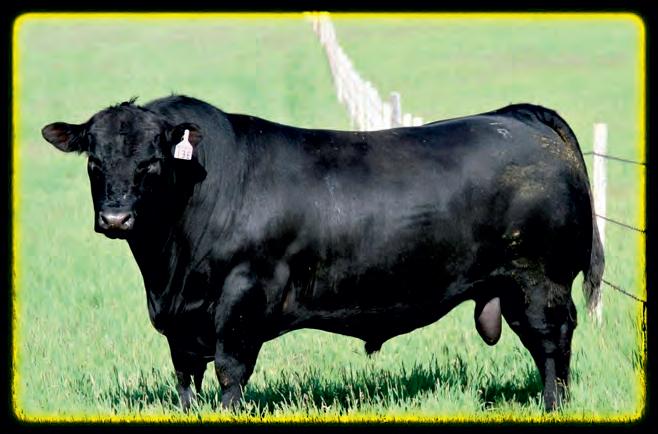
AVERAGES ON 70 HEAD: Born in April/May 2023 AVG BW: 75 WW: 643 YW: 1122
Average PAP Score: 37 Average Ribeye of 13.8 in. Absolutely NO hoof trimming
Developed on a high roughage ration to last BVD, Carcass, PAP tested at elevation, freeze branded and Semen tested, Genomic testing through AGBoost

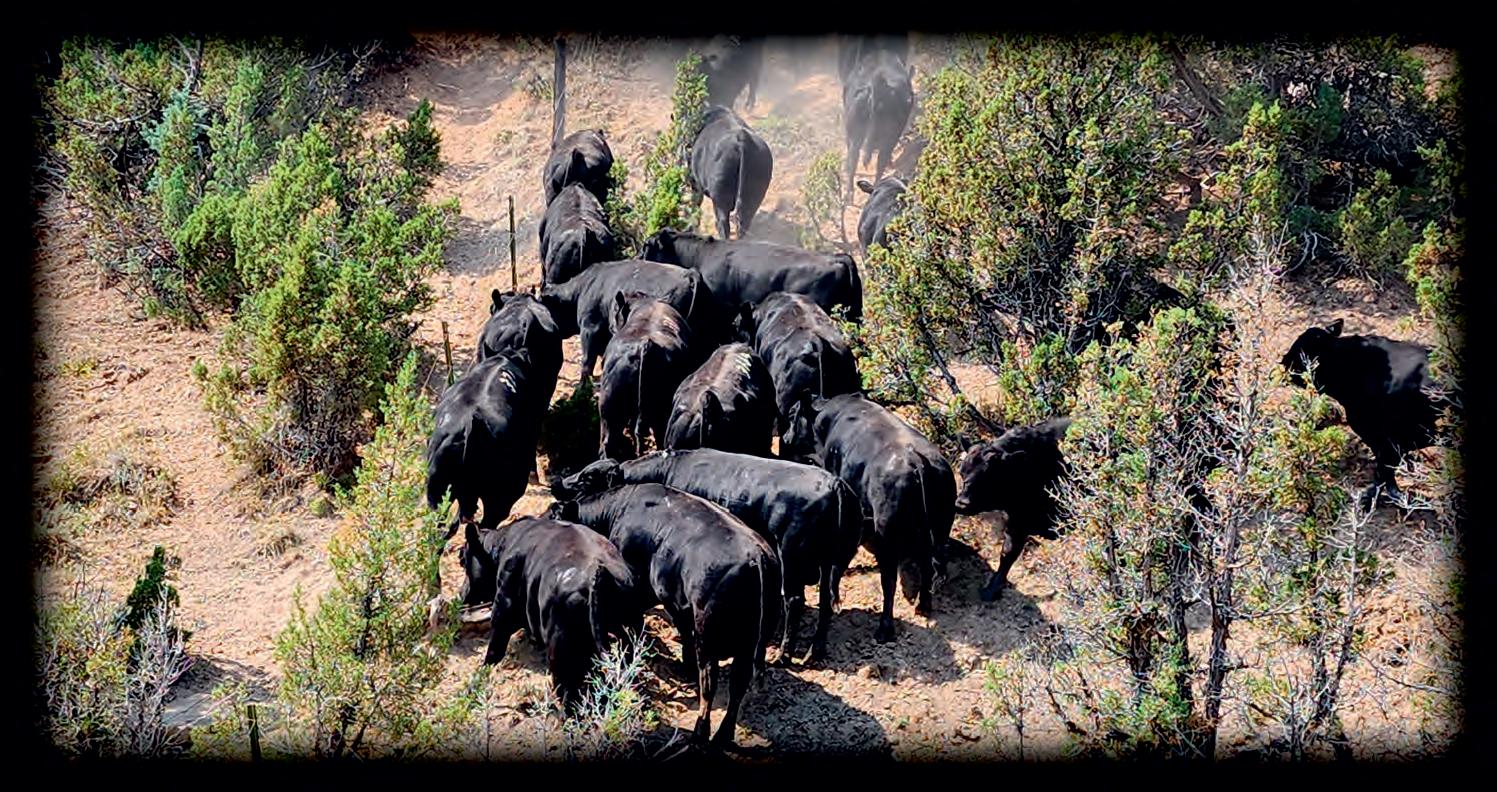



I’ve been so proud of getting my articles in early and I let it go this month, so….here I am picking up my old habits and trying to hammer this out at the midnight hour. Midnight, of course, referring to the last minute.
Wendel and I always joke about “getting our crap together this year”. Does this ever happen to you? If you are a person that has it all figured out and have all your ducks in a row…please email me or write me, stick a stamp on it and send it my way…or send smoke signals, anything…HELP. Hopefully I will see it and learn a thing or two.
I think we all have the intentions of having everything together. And by that I mean, finances, marriage, our kids things waiting at the door the night before school and their clothes picked out. We want the pantry stocked, meals planned and better time management. How do people actually say no to the friend who hardly ever sends a message and wants to have coffee today? I can’t do it..if the women I know actually sends a message and wants to get together it means, they got a break from ranch chores and town coffee is seldom. I’m jumping all over that.
Anything on my schedule can be rearranged!
What are the important things anyways and how much time do we actually spend on them? Obviously
I waste more time, than I need to. I found this out when I ordered this new calendar for the year. It rearranged my thoughts and even schedules a “to do” list for me. Now I’m doing things I wouldn’t do unless company was coming. Why am I organizing the pantry? Nobody is gonna see it! But here I am because I’m a list person and I will feel like an utter failure, unless I check some things off. You mean I should contact my accountant now and not the week before my taxes are due? Who would have thought it?
How about that…is that you? Are you like my organized friend that roll their eyes when I even mention such blasphemy? I’m not a total lost cause. I actually keep a pretty clean house, I keep appointment because it irritates me when I show up and someone else forgets. It’s my number one pet peeve. Keep your commitments! I’ve noticed this in numerous young women these days. This is what they do, I will show up unless something better comes along or I just don’t feel like it. Heck, if I only showed up when I felt like it, I’d never be anyplace at all. So I have some strengths. However, all of us have weaknesses. My husband would say I better not have any weaknesses, if I’m horseback at the gate. Pay attention so it doesn’t take us a year and a day to sort cattle. This is the real test of marriage right? Working cattle
has a way of doing that but don’t get me wrong, he’s not that bad and I’ve learned a great deal, so I’d like to say I’m decent at it. The running joke with him and my sons..”Never WEAKEN mom!”, even if that means a bull is barreling down the alley at me. Forget that, I will do my best but I may weaken! Ha..Ha..! I’m no good at meal planning. I’m more of a leftovers or thirty minutes kind of gal. Oh boy, do I admire the meal planners. She is a superhero in my book. I love when she post pictures on Instagram too because I drool and aspire to be her…plus she gives me ideas. Oh yea, I try hard to be her for a couple days but it is short lived. Can someone out there be my meal planner and send me a grocery list? Please keep the meals to beef and potatoes and nothing more than thirty minutes to prepare. What about you? This time of year is the time to make a few changes. Set some financial goals even if you did it for a few weeks in January, now is the time to try again. I heard someone say the other day, “Only set three goals and then establish three daily habits to accomplish each goal.” I hope I haven’t lost you, this was a January thing and it’s chasing you into February. When I heard this however, it encouraged me. You mean I don’t have to take every area of life and try to be Martha Stewart? Does that mean I have to go to jail too? Did y’all get that? NO! It does mean that I can take the three most valuable things to me

and form some new habits. That’s doable. Meal planning……???? I don’t want to say this is exciting for me because it’s not. However, one of our financial goals is to build up our emergency fund. This means I need to have a plan in the grocery store. STICK TO THE BUDGET NORMA! OH LORD HELP ME! Working out…uggghhh. I say that in the lightest way. That’s the goal anyways. It’s an area I am sure better on than meal planning. I noticed the other day that, my britches leave a bigger imprint on my husband dusty pickup seat than it use to…it’s time to pay attention. I’d say it leaves an “impression” on my goals this year. Why does everything need to be so daily? Why can’t I fly by the seat of my pants…oh wait… that’s the problem. This flight has too much baggage and can’t get off the ground.
My time in the Bible is very important but for awhile there I was letting my husband do all the work. I’d just say, “tell me what you’re reading” and I’d call it good. Dang, I wish I could just go with this but I know it reflects on me when I’m not ready.
Say I have a young mom that calls me and she is not having a good day. Things may have went south real quick and she needs a friend. I need to have time in the Word for myself but also for her. I want to have it ready. In other words, I need to “meal plan for her”. Am I using air quotes too much? Perhaps.
Anyways, I’m so thankful for The Counselor that lives in me and in us, as believers but if I don’t know the Word, I could misquote it and make it mean something it never said. I don’t want to lead someone astray. I tell you what, we also have a new generation of folks that are real studiers. Not sure if that’s a word but autocorrect….don’t fail me now. The Bible needs to be a daily habit. My husband can’t do that for me. My pastor can’t do that for me. It’s up to me to store up God’s Word and treasure it in my heart. Prov. 7:1-3
“My son, keep my words and store up my commands within you. Keep my commands and you will live; guard my teachings as the apple of your eye. Bind them on your fingers; write them on the tablet of your heart.”
So there’s my three goals just laying out there for everyone to see. How about you? Do you feel overwhelmed by goals or having a hard time changing a bad habit? Me too. But I know we can do it. We can ask God for the good sense to follow through and we can know we have grace when it doesn’t happen either. We don’t want to miss that gal that wants to have coffee. Don’t ever let your to do list have priority over people. In saying that, don’t make excuses either. Don’t go to calling people to have coffee to get out of a work out. Y’all get it. I do too! So off I go to do a little meal planning. Thank you for reading, The Cowboy Pastor’s Wife




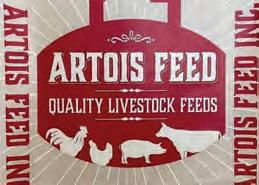


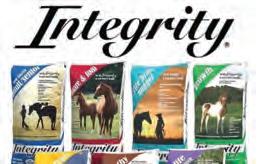
having a girlfriend, TR responded “You HAVE to have a girlfriend for Valentines Day!”
Lamoille, Nev.—When TR was about 5 years old, we were feeding cows one cold February morning. He turned to the Cowboss and asked him “Do you have a girlfriend?” In typical Cowboss fashion, he looked at me, looked at TR and told him “I can’t answer that right now!” I of course rolled my eyes and carried on. TR of course wouldn’t drop it and kept hounding his dad about having a girlfriend. When the Cowboss finally asked him why he was so worried about him
When the boys were little, I used to make a big deal out of getting them the little Valentines cards for their friends and we would fill them out and make treats. Now that they are bigger, Valentines from their mom aren’t so cool! They do still enjoy sweet treats though, and cookies never last long at our house!
This recipe is courtesy of my cousin Valerie Byrnes and was printed in the 2nd Mountain City Homemakers Cookbook. The cookies are so soft and delicious!
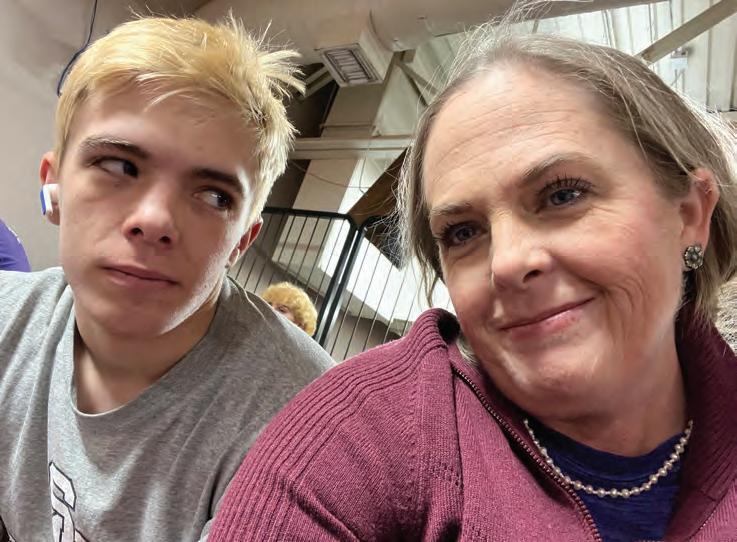
X 2 ¼ c. Flour X 1 tsp. Soda X 1 c. Butter X ¼ c. Sugar X 2 Eggs X ¾ c. Packed Brown Sugar
X 1 pkg. (3 oz.) Instant Jello-O pudding; chocolate or vanilla flavor X 1 tsp. Vanilla X 1 pkg. Chocolate Chips
X 1 c. nuts, optional
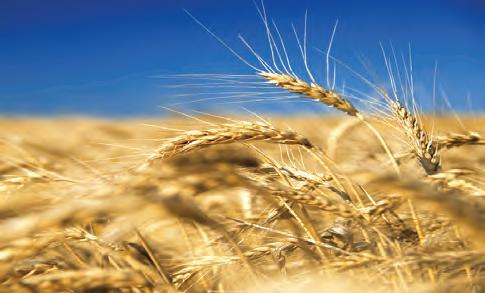

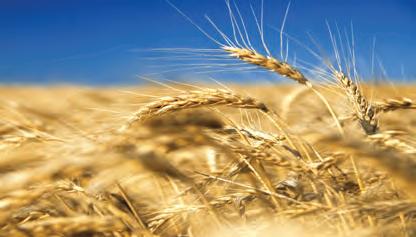
(775)623-5053
623-5053

■ Combine butter, sugars, pudding mix and vanilla. Beat until smooth and creamy. Beat in eggs. Gradually add flour and soda. Stir in chips and nuts.
■ Drop by teaspoon onto ungreased cookie sheet 2 inches apart. Bake at 375 degrees for 8-10 minutes. Moist and good!

One of my friends asked me, “is seasonal depression a thing out there?
Because I’m not doing anything, or going anywhere,” I had to really think about it, I’m sure it’s real for someone, But for everyone I’m close to, this season is a restful one, There’s ice to break in the morning, and cattle to be
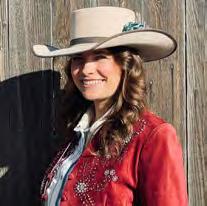
fed, Nobody is calving yet, so there’s short days and a long time before bed, There’s saddles getting oiled, and rawhide to braid, Cinches to be woven, and wildrags to be made, Quilts to be sewn, and books to be read,
Knives to be sharpened, and rising sourdough bread,
Coyotes to be called, and trap lines to be run, And puzzles left on the kitchen table until they’re done,

Clothes to be patched, and boots to be dropped off at the shop, Hats to be ordered and leather tools being dusted off,
All the hobbies that will be back-burnered when it gets busy in the spring, Are currently being practiced and enjoyed in full swing,
It’s time for sitting around the old wood stove and retelling stories, Out here the earth is resting and inside so are we.
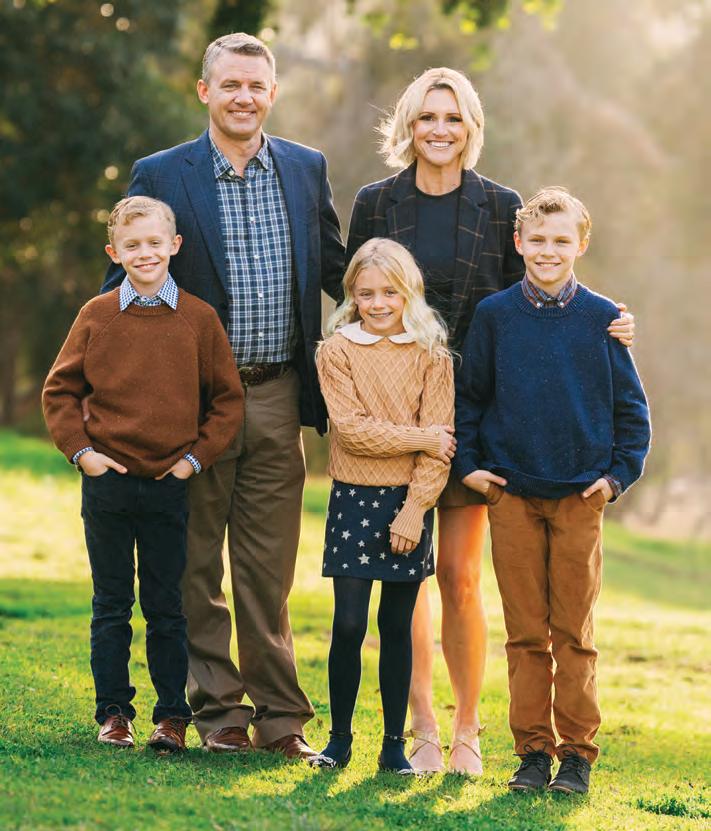
CALIFORNIA REPRESENTATIVES
Jake Parnell ..........................916-662-1298
George Gookin ..................209-482-1648
Rex Whittle..........................209-996-6994
Mark Fischer .......................209-768-6522
Kris Gudel .............................916-208-7258
Steve Bianchi .....................707-484-3903
Jason Dailey ........................916-439-7761
NEVADA REPRESENTATIVES
Tod Radelfinger ..................775-901-3332
Bowdy Griffen ....................530-906-5713
Brett Friend ...........................510-685-4870
WEDNESDAY WEEKLY SCHEDULE
Butcher Cows ...................................8:30 a.m.
Cow-Calf Pairs/Bred Cows .....11:30 a.m.
Feeder Cattle ........................................12 p.m.
AUCTION MARKET
12495 E. STOCKTON BLVD., GALT, CA
Office...........................................209-745-1515
Fax ...............................................209-745-1582
Website/Market Report ...www.clmgalt.com
Web Broadcast ......www.lmaauctions.com California’s livestock marketing leader The
Top Consignments from throughout Nevada and Beyond will be Showcased during These Upcoming Special Sales ...
UPCOMING SPECIAL FEEDER SALES
WEDNESDAY, FEBRUARY 12
WEDNESDAY, MARCH 5
WEDNESDAY, MARCH 19
REGULAR FEEDER SALES EVERY WEEK
Join Us Ringside Every Wednesday at 12 p.m.
SPECIAL PAIR & BRED COW SALES
Follow Us on Social Media for Upcoming Dates or Visit Our Website: www.clmgalt.com

CALL TO CONSIGN TO THESE WESTERN VIDEO MARKET SALES: February 28 – Cottonwood, CA CONSIGNMENT DEADLINE: FEBRUARY 20
March 21 – Cottonwood, CA
CONSIGNMENT DEADLINE: MARCH 13
April 10 – Cottonwood, CA or Coalinga, CA CONSIGNMENT DEADLINE: MARCH 24
May 1 – Cottonwood, CA or Coalinga, CA CONSIGNMENT DEADLINE: APRIL 15
Sale Consignments: www.wvmcattle.com

